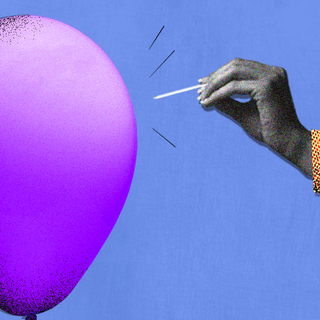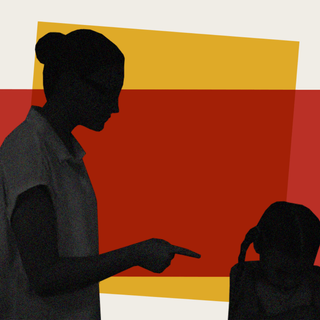Acquired Immunodeficiency Syndrom (AIDS), caused by the Human Immunodeficiency Virus (HIV), has a reputation for being incurable. The virus itself can be kept under control with medication but cannot be fully weeded out once it becomes dormant and hides in the body. A drug, which revolutionized the treatment of cancers like melanomas, was recently discovered to reactivate HIV in the body. This is good news — it could bring the virus out of “hiding,” so to speak, and help “flush” it out.
According to a new small study published in Science Translational Medicine last week, an existing cancer drug that works on the immune system may help wake up dormant HIV and push it out of hiding. With the help of HIV medicine through antiretroviral regimens,then, the virus could then be vulnerable enough to be attacked and eliminated.
It’s what scientists call the “kick and kill” strategy — when dormant viruses could be reactivated before being killed.
HIV is notorious for evading any sustainable treatment; no antiviral therapy can fully eliminate the virus. “Key to its insidiousness is viral latency – HIV ‘hides’ inside long-lived immune cells, inserting its genetic material into the cell’s own, so it can escape detection,” as ScienceAlert described. While there is no effective cure, mediums like antiretroviral medication have helped suppressed viral load in people living with HIV to undetectable levels.
In the current trial, researchers looked at 32 people living with both HIV and cancer. They scrutinized the application of pembrolizumab, an immunotherapy drug, which recharges worn-out immune cells in the body — including one called PD1. The participants were also simultaneously treated with effective antiviral medicines for HIV.
Essentially, pembrolizumab blocks protein formation on PD1, which could then help the immune system fight tumor cells. Scientists looked at the variations in HIV’s genetic material found in blood plasma and immune cells before and after the medication. In some cases, some level of the virus had been awakened and was replicating again after a week of treatment.
In other words, the immunotherapy drug helped to reactivate latent HIV hiding in immune cells. The results are “very exciting,” said infectious disease expert Sharon Lewin of the Peter Doherty Institute for Infection and Immunity in Melbourne, Australia.
Related on The Swaddle:
Six Shots a Year May Prevent HIV, Landmark Trial Suggests
To be clear, the drug did not totally wipe out HIV in this study as participants still had some form of the undetected virus. But the result “informs efforts to manipulate T cells to cure HIV,” medical oncologist and lead author Thomas Uldrick of the Fred Hutchinson Cancer Research Center said on Twitter.
T cells are the white blood cells of the immune system that play an important role in the adaptive immune response. HIV infects a T-helper cell (the CD4 cell) in the body’s immune system; the virus attaches itself to the CH4 cell and joins together to reproduce.
But why reawakened immune cells act on HIV-specific T cellsis still a question researchers are pursuing. But their efforts are buoyed “in the hope that as well as reversing HIV latency, it will also rev up the immune system to kill the HIV-infected cells in the way it does with cancer,” said Lewin.
Some past research conservatively observed that taking cancer medicine along with experimental HIV vaccine helped people stay off antiviral drugs; for a small portion of them, their HIV levels did not rebound for several months.
Immunotherapy could work to “kick” the virus into replicating itself again, and with the help of HIV medicines and other interventions, HIV treatment could be transformed in the long run.
In the end, immunotherapy is “an additional tool that we can use to perturb the HIV reservoir, and we would need that in combination with other interventions,” said Lewin. Other interventions include approved pills and even experimental vaccines. Last week, in a landmark moment in medical history, researchers initiated a clinical trial of an HIV vaccine; giving nearly 60 participants their first doses of the experimental HIV vaccine using mRNA technology.
In a separate study from January this year, researchers from the University of California, Los Angeles, also tested the application of the “kick and kill” strategy for killing HIV-infected cells on mice. As the researchers noted then: “The advance could move scientists a step closer to being able to reduce the amount of virus, or even eliminate it, from infected people who are dependent on lifesaving medications to keep the virus from multiplying and illness at bay.”




